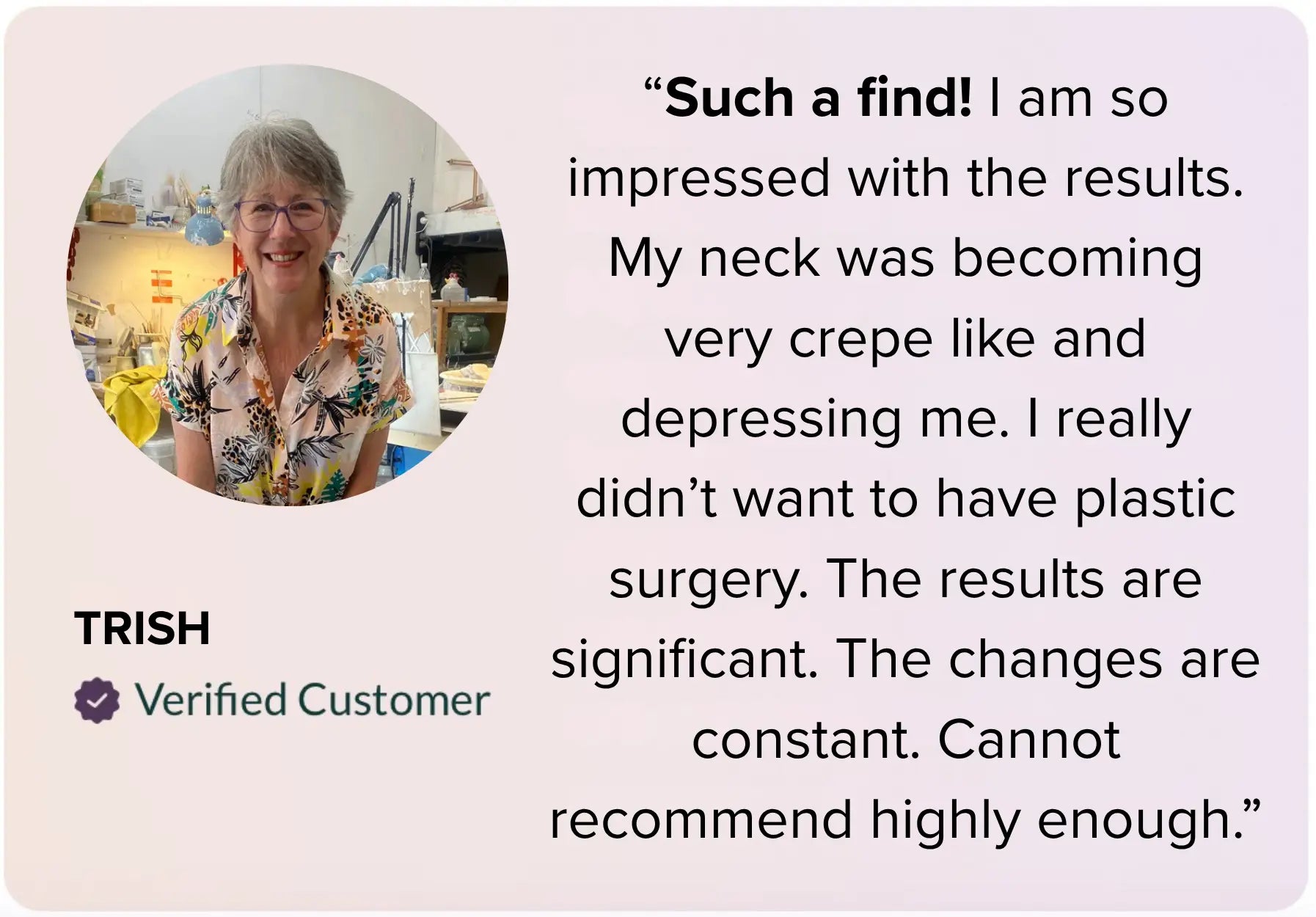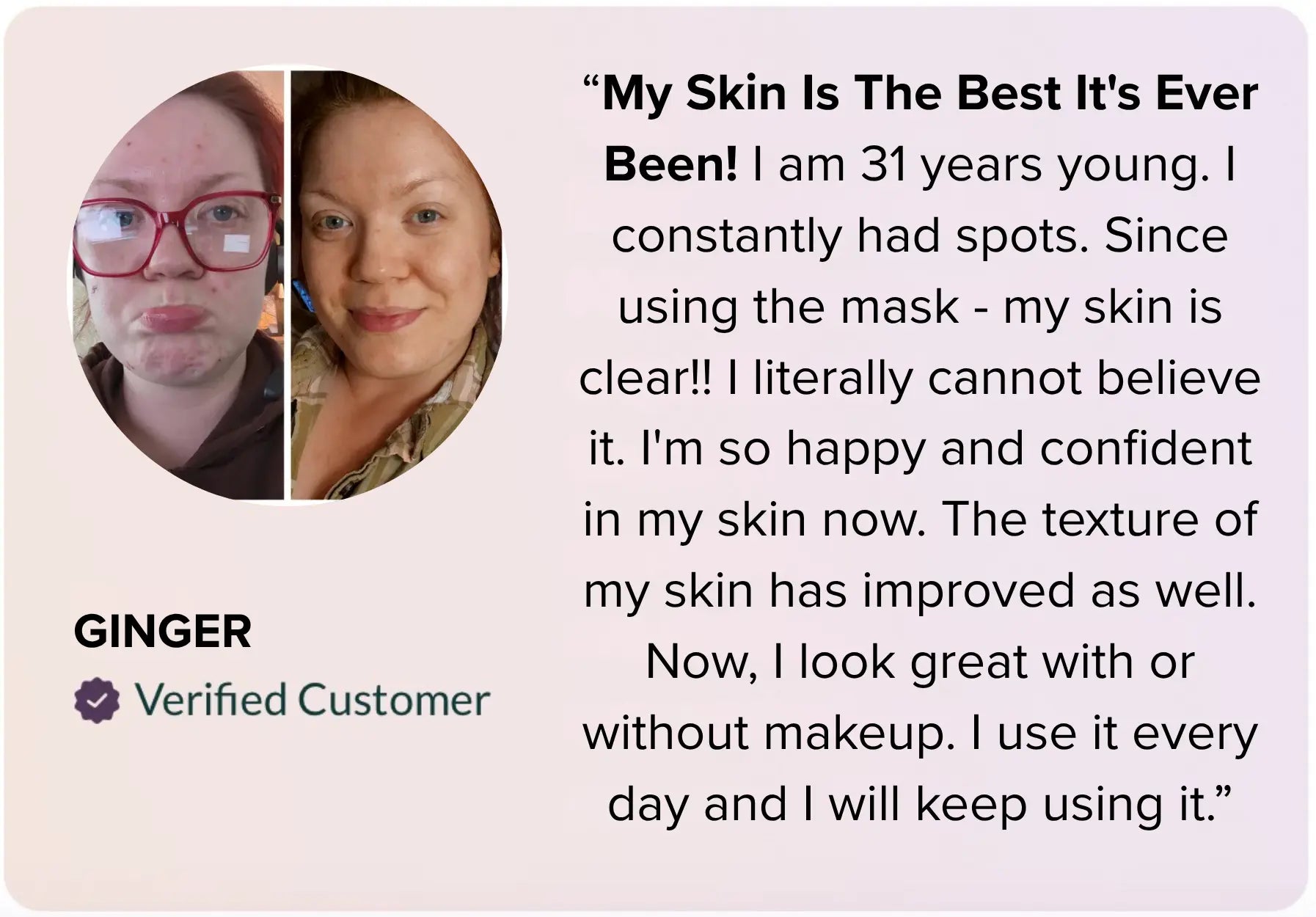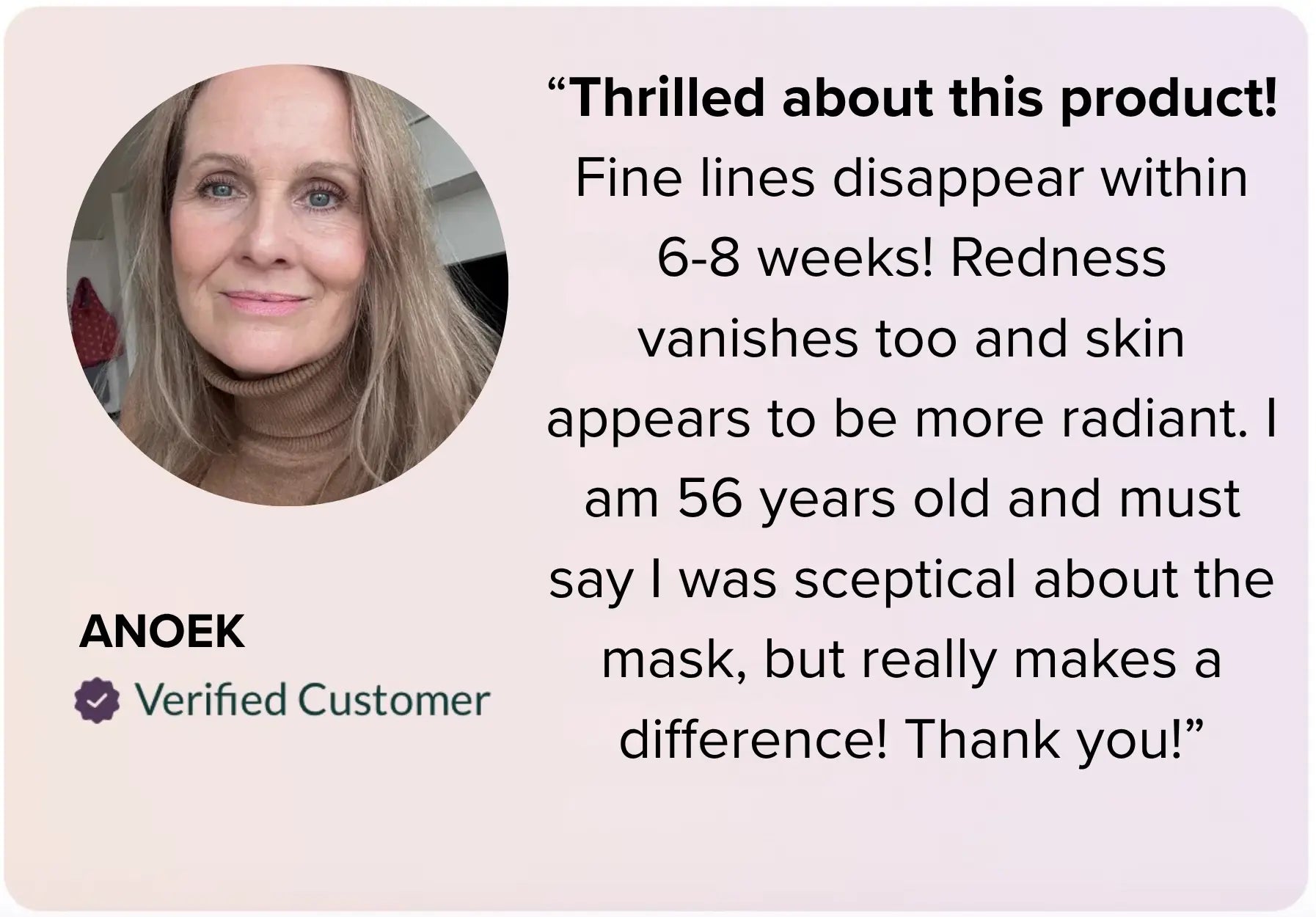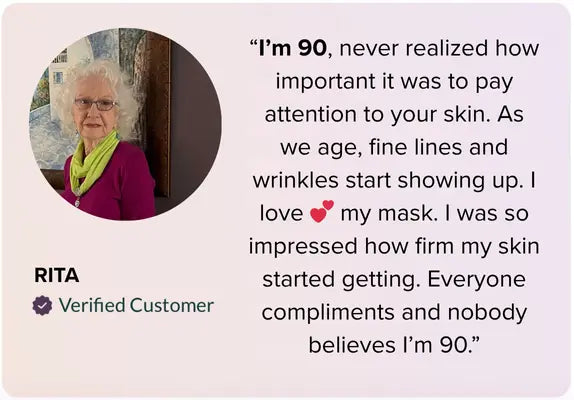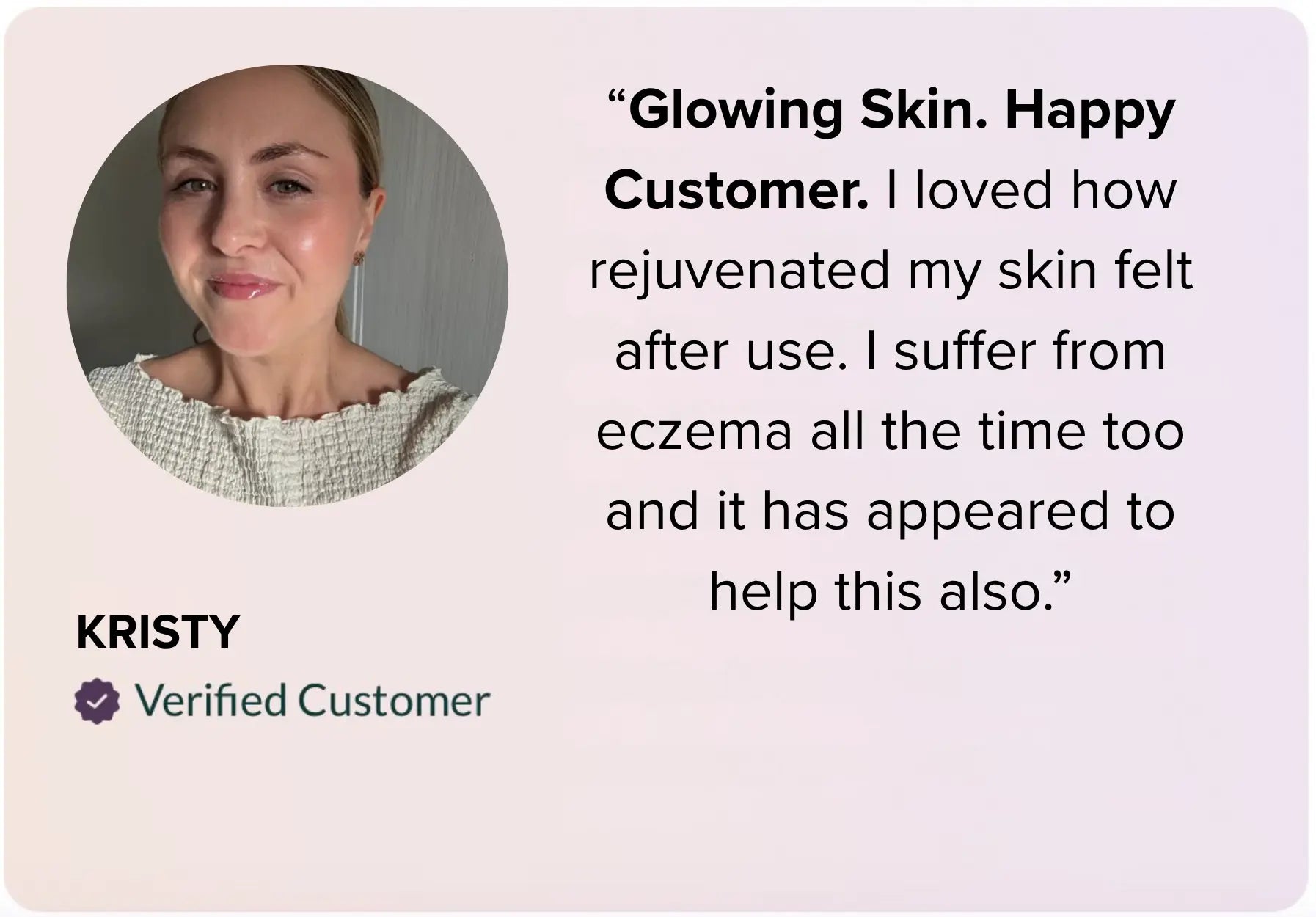Melasma – those stubborn dark patches often on the cheeks, forehead, or upper lip – can be incredibly frustrating. If you’re battling melasma or related skin woes like persistent redness, rosacea flare-ups, or general hyperpigmentation, you may have heard about LED light therapy as a gentle, high-tech solution. In particular, green light and yellow light LED treatments are touted for tackling pigmentation and inflammation. But which color truly delivers results for melasma and uneven skin tone? Let’s shine some light on the science (pun intended) and see why yellow LED light emerges as the superior option for clearing pigmentation and calming redness.
Understanding Melasma, Redness, and Hyperpigmentation
Melasma is a chronic form of hyperpigmentation characterized by blotchy brown or gray-brown patches on the skin. It’s often triggered by sun exposure, hormones (it’s famously called the “pregnancy mask”), and even heat. What makes melasma tricky is that it isn’t just about excess melanin (pigment); research shows melasma-affected skin also has underlying redness and extra blood vessels (vascularization) and signs of dermal stress. In other words, inflammation and vascular factors play a role, which is why melasma can be so stubborn to treat with just fading creams alone.
Other forms of hyperpigmentation – like sun spots or post-acne marks – and conditions like rosacea also involve a mix of uneven pigment and inflammation. Rosacea in particular is marked by chronic redness, visible capillaries, and sensitivity. Many people dealing with melasma or rosacea have skin that reacts easily, making harsh treatments difficult to tolerate. This is where LED light therapy is generating buzz: it’s non-invasive, painless, and suitable for sensitive skin, offering a potentially safer way to brighten and calm the skin without lasers or chemicals.
LED Light Therapy 101: How Does Light Improve Skin?
LED light therapy (a form of photobiomodulation) uses specific wavelengths of visible light (and sometimes near-infrared) to interact with our skin cells. Unlike UV light, LEDs do not cause damage or tanning – in fact, they’re non-ionizing and can actually help repair skin. Different colors (wavelengths) penetrate to different depths and have unique effects:
-
Blue light (~415 nm): Reaches near the skin’s surface and targets acne bacteria and oil glands. Great for acne-prone skin.
-
Red light (~630–660 nm): Penetrates deeper into skin, boosting collagen production, accelerating healing, and reducing inflammation. It’s well-known for anti-aging benefits and skin repair.
-
Near-Infrared (~800+ nm): Goes deepest of all, enhancing cell regeneration and circulation in deeper tissues.
What about green (around 520–530 nm) and yellow (around 570–590 nm) lights? These fall in between blue and red on the spectrum. They target the mid to upper layers of the skin, which is why they’re being explored for pigment and redness concerns. LED therapy is gentle and non-thermal (it shouldn’t overheat the skin when used properly), meaning it poses minimal risk of burns or downtime – a big plus for conditions like melasma that can worsen with irritation. With LED masks and devices becoming available for home use, many people are curious whether adding a green or yellow light routine could finally fade those dark spots or calm their rosacea.
Let’s break down what science and experts say about green vs. yellow LED light for skin.
Green Light Therapy: What It Does and Doesn’t Do
Green LED light (wavelength roughly 500–570 nm) is often marketed for treating pigmentation issues. Dermatologists note that green light operates in the upper dermal layers and doesn’t penetrate as deeply as red or infrared. This shallow penetration can actually be an advantage for targeting surface-level problems. According to experts, green light is thought to target melanocytes (pigment-producing cells) and inflammatory cells in the upper skin layers. By doing so, it may help fade superficial dark spots and blotchy redness on the skin’s surface. “Green light is short and affects the first few layers of the epidermis,” explains Dr. Kiran Mian, meaning it works on the very areas where we see visible pigmentation and redness. Users often report a brighter, more even skin tone after consistent green light use, and some find it can calm the skin.
Green light’s potential benefits include:
-
Brightening skin and fading mild hyperpigmentation: By influencing melanocytes near the surface, green LED might gradually lighten sun spots or post-inflammatory marks. Some early studies (using green light combined with topical creams) reported better reduction in melasma pigmentation compared to using the cream alone, suggesting a synergy where green light enhances the effect of other treatments.
-
Reducing superficial redness: Because it targets the upper dermis, green light can help with telangiectasia (tiny blood vessels) and flushness. A study on rosacea patients found green LED plus a topical treatment reduced redness more than the topical alone. Many users also find green light sessions soothing if they have sensitive, redness-prone skin.
-
Anti-inflammatory and healing support: There is some thought that green light has anti-inflammatory effects that could promote wound healing and improve circulation in the skin. By boosting micro-circulation, it might impart a healthy glow and help skin recover from minor irritations.
That sounds promising – however, it’s important to note that clinical evidence for green LED in treating hyperpigmentation is still quite limited. Much of the “green light fades spots” idea has come from anecdotal reports or by extrapolating results from high-intensity 532 nm green lasers (which are used by dermatologists for certain pigment and vascular issues). But comparing laser vs. LED is apples and oranges. Lasers use concentrated high-energy beams that can physically break up pigment or coagulate blood vessels, whereas LED is a low-energy, gentle illumination intended to modulate cell behavior. According to a recent in-depth analysis, there are no peer-reviewed studies conclusively showing that standalone green LED devices significantly reduce hyperpigmentation in vivo. In fact, some researchers label green LED for melasma a “myth” – noting that while green light might have theoretical benefits, it hasn’t been proven yet in trials.
Another consideration is skin tone: Green wavelengths are readily absorbed by melanin in the epidermis. This means in darker skin types, there’s a risk that green light (especially if high intensity) could cause unwanted heating of melanin and trigger more pigmentation or irritation. One analysis warned that indiscriminate use of green light could be “reckless” for hyperpigmentation because it might generate reactive oxygen species (ROS) and oxidative stress, potentially worsening photoaging and pigment issues if not carefully controlled. The bottom line on green LED: it’s an emerging option with some encouraging anecdotal results for surface pigment and redness, but the science hasn’t fully caught up. It may help mild discoloration, but for deeper, persistent melasma patches, green light alone is likely not a game-changer.
Key Takeaways – Green LED: Green light therapy targets the top layers of skin to address superficial pigmentation and redness. It’s gentle and suitable for most skin types, and users often notice a brighter, calmer complexion. However, research is still limited, and no robust clinical data confirms its efficacy for melasma. Overuse could even provoke pigmentation in susceptible skin. Think of green LED as a mild brightening and calming aid – helpful for a quick glow or minor spots, but not a proven heavy-hitter against serious hyperpigmentation.
Yellow Light Therapy: The Skin Soother and Pigment Fighter
Moving up the spectrum, we have yellow LED light (sometimes called amber light, typically 570–590 nm). If green is the new kid on the block, yellow is more of a rising star backed by a growing body of research – especially relevant to melasma and redness. Yellow light penetrates a bit deeper than green, reaching the mid-dermis, and it has a unique dual action: it directly influences pigment production and calms inflammation. Here’s what makes yellow LED so powerful for melasma, rosacea, and beyond:
-
Inhibits Melanin Synthesis: Unlike green light, yellow light has demonstrated a direct effect on melanocytes to slow down melanin production. In fact, a recent scientific review on visible light and skin found that out of the various wavelengths, only yellow light (around 570–595 nm) had a clear melanin-inhibiting effect. Laboratory studies show that yellow light can downregulate tyrosinase and other melanogenesis enzymes, leading to less pigment formation. In one study, exposing human melanocyte cells to 585 nm yellow light resulted in a dose-dependent decrease in melanin content, essentially signaling those cells to dial back pigment production. This means yellow LED therapy isn’t just lightening existing pigment; it’s helping prevent new pigment from forming as aggressively – a crucial factor for melasma management.
-
Induces Healing and Cell Turnover: Yellow light has been found to induce a form of cellular cleanup (autophagy) in melanocytes, which may further help break down excess pigment and damaged cells. At the same time, it energizes cells (by boosting ATP production in mitochondria, similar to red light) and can encourage the skin’s natural repair mechanisms. By promoting gentle skin renewal, yellow light can gradually fade dark patches and improve skin texture. Users often notice that persistent melasma patches start looking lighter and more blended into surrounding skin over a series of yellow LED treatments.
-
Reduces Redness and Rosiness: Yellow light is exceptional at soothing redness. It’s long been used in clinics to treat conditions like rosacea because of its calming, anti-inflammatory properties. How does it reduce redness?Partly by acting on blood vessels. Yellow light (close to 590 nm) is absorbed by hemoglobin, which leads to a gentle constriction of dilated capillaries. Essentially, yellow LED can decrease the size of blood vessels that cause flushing, making them less visible on the skin’s surface. This results in less overall redness. A session under yellow LED feels warm and soothing, and many people see their skin come out less blotchy. For rosacea sufferers, regular yellow light therapy has been a game changer – reducing baseline redness, calming inflammation, and even lessening those small, spidery veins over time. Even if you don’t have rosacea, melasma patients often have some background redness, and yellow light addresses that component directly by reducing erythema (redness) and even excess vascularization in the treated skin.
-
Calms Inflammation & Sensitivity: Yellow light is often described as “soothing” or “calming” to the skin, and for good reason. It can decrease the release of pro-inflammatory cytokines, which means less irritation and reactivity in the skin. That’s why dermatologists frequently use yellow LED therapy immediately after more aggressive procedures (like laser resurfacing or chemical peels) – it speeds up healing and significantly reduces post-treatment redness and swelling. For anyone with sensitive skin or a compromised skin barrier, yellow light helps fortify the skin by boosting circulation and lymphatic drainage (so nutrients in, toxins out). The result is a healthier complexion that’s more resilient and less prone to flare-ups.
Given these benefits, it’s no surprise that clinical research is bullish on yellow LED therapy for hyperpigmented and inflamed skin conditions. A comprehensive 2024 review of melasma treatments identified amber/yellow light (585–590 nm) as a key wavelength that can significantly reduce melanin in the skin when used at proper doses. In clinical studies, patients who received 590 nm LED phototherapy showed measurable lightening of melasma patches, attributed to the modulation of tyrosinase activity and melanin production in their skin. Importantly, this same treatment also improved the dermal aspects of melasma – meaning skin quality, collagen, and reduced redness and vessel formation in the areas treated. In essence, yellow light was tackling melasma on multiple fronts: less pigment plus less redness, leading to an overall more even tone.
Dermatologists have even noted that yellow or amber light can induce a “hypopigmentation” effect – in other words, a controlled lightening of the skin in areas of excess pigment. It’s been reported that patients with acne who underwent LED therapy had an unexpected side benefit: those treated with 633 nm red light saw a decrease in melanin levels on their skin, and interestingly, those treated with 590 nm yellow light often saw even greater pigment reduction, to the point of occasionally causing lighter spots if overused. (Don’t worry – with normal use, you’re aiming for evening out, not creating light spots. It just shows how powerful yellow light is at dampening pigment when the parameters are right.)
To summarize the power of yellow LED for melasma and redness:
Key Takeaways – Yellow LED: Yellow light therapy penetrates the skin to turn down melanin production and calm inflammation. Studies confirm that 585–590 nm light can directly inhibit melanogenesis, helping fade hyperpigmentation at the source. It also constricts blood vessels and reduces erythema, visibly diminishing redness. Yellow light is gentle enough for all skin types (often used even on sensitive, post-procedure skin) yet delivers robust benefits for evening out skin tone. This dual impact on brown spots and redness makes yellow LED a potent ally for anyone dealing with melasma, sun damage, rosacea, or blotchy skin.
Why Yellow Light Outshines Green for Melasma and Hyperpigmentation
Now that we’ve explored each wavelength, let’s compare them head-to-head for melasma and related concerns:
-
Depth of Action: Green LED treats the very top layers of skin, which can help with surface discoloration but won’t affect pigment residing deeper in the dermis. Melasma often has both epidermal and dermal components. Yellow LED penetrates further into the skin than green, reaching melanocytes that are deeper and affecting the dermal environment (like collagen and blood vessels). This means yellow light can address the deeper roots of melasma more effectively than green light’s superficial approach.
-
Impact on Pigment Cells: Green light’s effect on melanocytes is mostly indirect or unproven – it might temporarily slow pigment coming to the surface, but it doesn’t strongly suppress melanin production pathways (and might even trigger pigment in some cases). Yellow light, on the other hand, directly communicates with melanocytes to produce less melanin. It essentially tells those cells to calm down. If melasma is a result of overactive pigment cells, yellow is the “off switch” whereas green is more of a gentle nudge.
-
Inflammation and Redness: Both green and yellow are considered “calming” lights, but yellow has a much more pronounced effect on reducing inflammation. Green can help a bit with superficial redness, yet yellow actively reduces vascular redness and skin irritation by boosting circulation in a healing way and reducing blood vessel visibility. Melasma’s inflammatory component (and conditions like rosacea) benefit far more from yellow’s strong anti-inflammatory action. Think of green as a mild soother, and yellow as a true anti-redness therapy.
-
Scientific Backing: Green light therapy for hyperpigmentation is theoretically beneficial and anecdotally positive, but lacks robust clinical research. In fact, comprehensive reviews find no direct clinical studies supporting green LED for melasma treatment to date. By contrast, yellow/amber light has multiple studies and reviews supporting its use in pigment reduction, skin brightening, and even preventive care against pigmentation. Dermatology literature explicitly cites 585–590 nm as effective for treating melasma and PIH when used properly. When choosing a therapy for a stubborn condition, going with the one that has proven results is wise.
-
Safety for Sensitive/Darker Skin: Because green light is readily absorbed by melanin, there’s a slight risk it could cause overheating in darker skin tones or trigger pigment if used at too high intensity. Yellow light is generally very safe across all skin tones – it’s even used to treat post-inflammatory hyperpigmentation in darker skin because of its non-thermal, soothing nature. Proper low-level yellow LED therapy has minimal risk of rebound pigmentation, whereas one must be a bit more cautious with green in melasma-prone or melanin-rich skin. Both are far safer than intense lasers for melasma, but yellow has the edge in being universally well-tolerated.
-
In short, for melasma and hyperpigmentation concerns, yellow LED light emerges as the clear winner. It tackles the pigmentation at a cellular level and addresses the redness and “shadow” that often accompany melasma patches. Green light might provide a bit of brightening and calming, but it doesn’t go far enough to significantly improve a condition as complex as melasma. That’s why many experts and advanced skincare clinics now focus on yellow (and red/NIR) light when designing LED treatments for hyperpigmented or redness-prone skin.
If you have melasma, persistent redness, or rosacea, you ultimately want a therapy that both fades the discoloration andsoothes the underlying irritation. Yellow light checks both boxes, whereas green is more one-dimensional. The evidence-backed conclusion: yellow LED light therapy is the superior option for melasma and related pigmentation issues, delivering more dramatic and comprehensive skin improvements.
(Even better than choosing just one color, some studies suggest that combining wavelengths yields greatest results. For example, pairing yellow light with near-infrared led to better pigment fading than either alone in one study. This makes sense – multi-wavelength approaches can treat multiple skin layers simultaneously. We’ll touch on how one device leverages this with a Red+Yellow combo mode for enhanced results.)
The Equinox™ Pro LED Device – Harnessing Yellow (and Red) Light for Better Skin
With the knowledge that yellow LED is a top choice for melasma, redness, and hyperpigmentation, the next step is choosing the right LED therapy device. Not all at-home LED devices are created equal – they differ in strength, wavelengths provided, and coverage. The Equinox™ Pro LED Mask is a state-of-the-art at-home light therapy device that we recommend for tackling melasma and similar concerns. Why Equinox Pro? Because it was designed with these exact issues in mind, offering professional-grade power, treatment flexibility, and the crucial Yellow light mode that many other devices lack.
1. Dedicated Yellow Light Mode (590 nm): Equinox Pro is one of the rare at-home LED systems that includes a true 590 nm Yellow LED mode. This mode is specifically geared toward improving skin tone and sensitivity – essentially targeting pigmentation and irritation. The Yellow light mode helps reverse sun damage and even skin tone, which aligns perfectly with what someone battling melasma or sun-induced hyperpigmentation needs. With a 10-minute daily session, you’re bathing your skin in that melanin-suppressing, redness-reducing glow we discussed. Many popular LED masks on the market don’t even have yellow LEDs (they typically offer just red, blue, and maybe near-infrared), which means they can miss that extra pigment-fighting benefit. Equinox Pro gives you the full yellow wavelength benefits at home, similar to what high-end dermatology clinics use to treat discoloration.
2. Red + Yellow Combination Mode: In addition to standalone Yellow, the Equinox Pro features a unique Red + Yellow dual-light mode. This combined mode provides advanced skin rejuvenation by simultaneously emitting 633 nm Red light and 590 nm Yellow light. Why is this exciting? Red light will work on boosting collagen, healing the skin, and improving elasticity (so any fine lines or general skin quality issues get addressed), while Yellow light works on the pigment and calming side. The result is a synergistic treatment that can penetrate multiple levels of the skin – Red reaching deeper dermal cells and Yellow focusing on melanocytes and blood vessels. For someone with melasma, this duo is ideal: the yellow light fades the patches and reduces any redness, while the red light can help repair the skin texture under those patches (melasma skin can sometimes have a bit of a rough texture or enlarged pores from sun damage). Users of the Red+Yellow mode often report their complexion looks more radiant and evenly toned, with a noticeable glow. Essentially, Equinox Pro’s combo modes let you treat multiple concerns in one session, which is a big advantage over single-color devices. (And if you’re also interested in anti-aging, acne, etc., the mask has other modes like Red+NIR and Red+Blue – but for our melasma focus, Yellow and Red+Yellow are the stars.)
3. Powerful Output and Full Coverage: One of the first things you notice about the Equinox Pro mask is its impressive LED count – 656 LEDs total! These are strategically placed across not just the face, but also an attached neck and chest panel. For comparison, many standard LED facial masks have around 100–200 LEDs and only cover the face. Melasma can often extend to areas like the jawline or even the neck, and of course overall skin rejuvenation shouldn’t stop at the chin. Equinox Pro’s extensive coverage ensures no spot is missed – you get uniform treatment over the whole face (including tricky areas like around the mouth and eyes) as well as the neck and upper chest. This matters because consistent coverage leads to more even results. The high number of LEDs also means it can deliver therapeutic light at a sufficient intensity. In fact, Equinox Pro provides salon-level irradiance (up to about 38 mW/cm^2 on certain modes) but with built-in settings to adjust intensity. You can start gentle and increase as your skin acclimates, which is great for sensitive skin users. The ability to choose lower intensity for longer sessions or higher intensity for shorter bursts gives you treatment flexibility based on your comfort.
4. Comparing Equinox Pro to Other At-Home Devices: If you’re shopping around, here’s how Equinox Pro stacks up:
-
Wavelengths: Many at-home masks only offer Red and Blue light (good for wrinkles and acne, but not pigmentation). Some might add Near-IR. Equinox Pro is ahead of the curve by including Yellow (and even allowing dual-wavelength modes). This means for hyperpigmentation and redness, Equinox has a clear advantage by delivering the specific yellow light that those issues respond to.
-
Strength: With 656 LEDs, the Equinox Pro delivers a high light output and can cover a large area in one go. Other masks with fewer LEDs might have weaker total output or require longer usage time to deliver the same dose of light. Equinox’s design notes that it gives you better coverage than other masks and professional-grade results at home. So you’re basically getting a clinic-like treatment (which could cost quite a lot per session in-office) for a one-time device investment.
-
Treatment Modes: Equinox Pro offers 6 modes (Red, Blue, Yellow, Red+Blue, Red+Yellow, Red+NIR, plus a Yellow+NIR mode as well). This is a breadth of therapy options that outshines most competitors. It’s like having several devices in one – you can switch to a “acne-clearing” mode if you break out, or a “collagen-boosting” mode if you want an anti-aging refresh, etc. Importantly, for our focus, it means you can do a pure Yellow session when you want to zero in on pigment and redness, or do a combo mode to tackle multiple layers of skin health at once.
-
Efficacy and Results: Because of the above factors, users of Equinox Pro often see improvements relatively quickly. Consistency is key with LED (usually you need a few weeks to start seeing noticeable changes). With a strong device like this, many report seeing changes in as little as 4–6 weeks of regular use (10 minutes, 3–5 times a week) – such as faded dark patches, reduced redness, and an overall “glow”. Other weaker devices might take longer or yield subtler changes, especially for stubborn melasma. Equinox’s multi-mode approach can also prevent plateauing – if your skin gets used to one mode, you can switch it up.
5. User-Friendly Design: While not a clinical factor, it’s worth noting Equinox Pro is designed for comfort and convenience. It’s a lightweight mask (50% thinner than many others), which makes those 10-minute sessions easy to do – even relaxing. You can lie down or sit and read something while the mask works its magic. And with a 60-day money-back guarantee and warranty, it’s clear the makers stand behind its efficacy (helpful when you’re making an investment in your skin).
In essence, Equinox Pro LED Mask gives you the best of what light therapy has to offer for melasma, hyperpigmentation, and redness – especially by leveraging the power of Yellow light. It brings together the wavelengths backed by research (633 nm red, 590 nm yellow, etc.) into one flexible device. If you’ve been frustrated by dark spots or flushes that don’t respond to creams, this device allows you to treat the problem at the light level, literally.
Brightening Your Skin (and Outlook) with Yellow Light – Conclusion
Living with melasma, rosacea, or persistent hyperpigmentation can be challenging – it often affects our self-confidence and requires diligent skincare. The good news is that advancements in light therapy are making it easier to manage these conditions safely at home. LED light therapy, once a spa-only luxury, is now an accessible, science-backed tool for anyone seeking clearer, calmer skin. And when it comes to choosing the right “color” for the job, we’ve seen that yellow LED light stands out as the MVP for reducing pigmentation and redness. From inhibiting melanin production at the cellular level to soothing inflammation and strengthening the skin, yellow light addresses the core issues of melasma and redness in tandem. Green light, while trendy, doesn’t quite have the same firepower or evidence to support its use for deep pigment issues – though it can be a nice supportive player for mild cases.
For those serious about conquering melasma or rosacea, investing in a quality at-home device like the Equinox™ Pro LED Mask can be a game-changer. It allows you to harness clinic-grade yellow light therapy (and more) on a consistent basis, which is key to seeing real results. Imagine doing a 10-minute relaxing session in the evening, and over the weeks watching your “mask of melasma” gradually fade, your skin tone become more even, and that annoying redness subside – all without irritation or downtime. Equinox Pro’s Yellow mode and Red+Yellow combo give you exactly that opportunity, backed by both research and real user success stories.
In a world of harsh peels and lasers, LED therapy offers a gentle light-at-the-end-of-the-tunnel for chronic skin conditions. By choosing the right light (hello, Yellow!), you can finally start to break up with those dark patches and diffuse redness. Your skin can look brighter and feel calmer, restoring your confidence to go makeup-free and glow naturally.
Ready to let your skin reap the benefits of a little sunshine-colored light? Consider making the Equinox Pro LED mask a part of your routine – it’s like having a personal skin therapist in your home, always ready to give you that healing dose of yellow radiance. With patience and consistency, you’ll be on your way to clearer, more radiant skin, free from the shadows of melasma and redness. Sometimes, the best solution is to fight darkness with light – and a splash of yellow might be just the light your skin needs.
Sources:
-
Mian, K., & King, H. – Dermatologist commentary on green light’s superficial action for pigment and redness
-
Photodermatol Photoimmunol Photomed. (2024) – Galache, T.R. et al. “Photobiomodulation for melasma: integrative review” – Found amber (585–590 nm) LED reduces melanin and erythema in melasma
-
J. Clin. Med. (2023) – He, X. et al. “Visible Light in Melanocyte Biology” – Yellow light (585 nm) shown to inhibit melanogenesis in vitro, unlike blue/green
-
LinkedIn (Michelle Gellis, 2023) – “Benefits of Green and Yellow Light” summary – Cites studies where green LED + topicals improved melasma and rosacea, and yellow LED improved skin texture and healing





